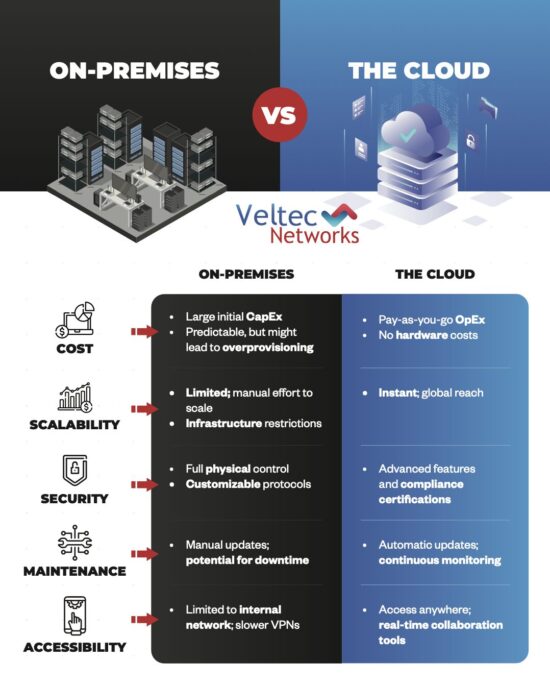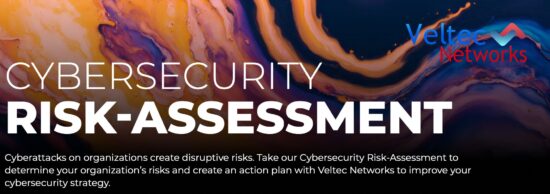Malware is a threat to everyone, whether you’re a business as big as Target or a local mom and pop-style store.

The financial consequences of a malware infection can be devastating, especially if data loss is involved. The numbers don’t lie: recovering from an attack will cost you an average of $150 per compromised file, and thousands of files are usually compromised in just one attack.
Can you afford to take a $150,000+ hit right now?
Instead, take these steps to better protect your network from malware:
Tip #1: Stay Up To Date with the Latest Patches
The threat landscape is anything but static: millions of new viruses are created every year. In 2014, over 300 million new pieces of malware were introduced.
It’s hard to keep up with the millions of new threats that come pouring in every year. Software companies try their best with patches that protect users from the latest threats. It’s up to you to keep track of and download those patches.
Tip #2: Be Careful Where You Connect
The cloud is great. Being able to access business data remotely allows your employees a level of flexibility that was never before possible, and projects will get done faster when your workforce isn’t limited to a 9-5 schedule in the office.
The downside is that if you don’t properly secure your off-campus communications, it will be relatively easy for a cybercriminal to use that same public connection to get into your network and access your sensitive data.
Tip #3: Know Who to Trust
Phishing is worth worrying about. Scammers have evolved past obvious “Nigerian prince”-style schemes to more convincing ruses. For example, they’ll make victims let their guard down by impersonating the IRS and threatening fines or even jail time if they don’t resolve some trumped-up back taxes penalty by downloading their “payment software” (Surprise! It’s actually a virus).
Never open a link or download an attachment from a source you’re not 100% sure about.
Contact us at (408) 849-4441 or info@veltecnetworks.com for more information about how to keep malware off your network.






